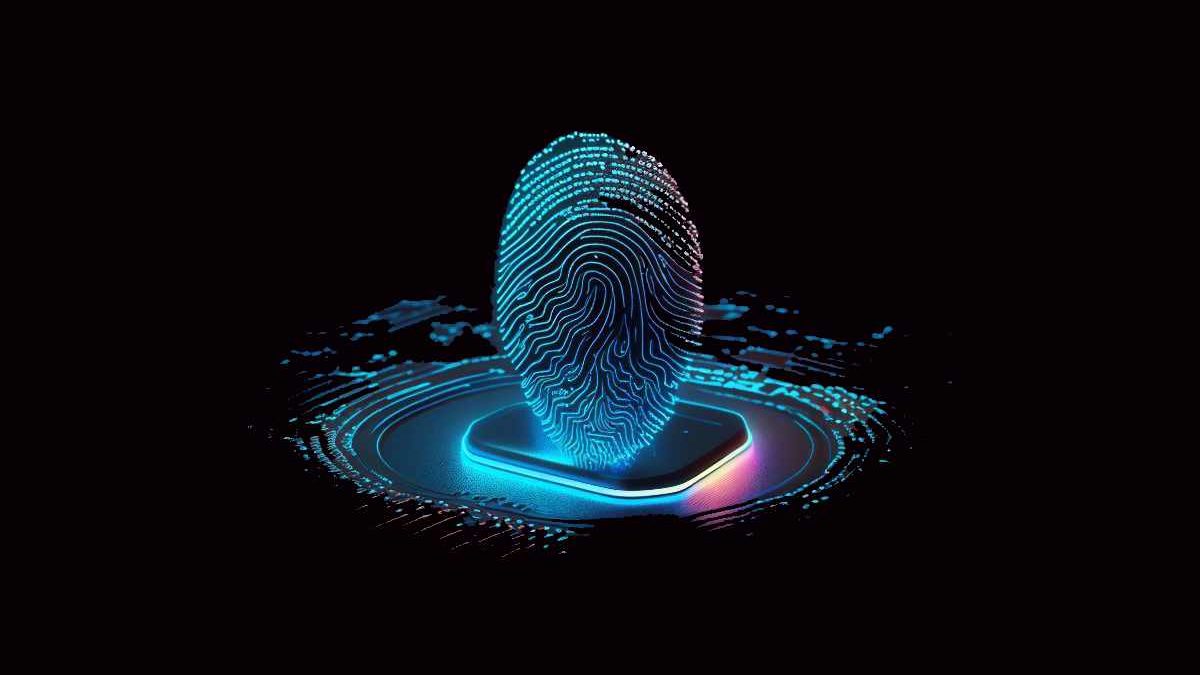Multi-factor authentication is a valuable addition to any network security system. It is a technological solution that forms various levels of protection for authenticating and verifying the identity of the user who has sent an access request.
When one employs multi-factor authentication in their system, they select the types of authentication they want to configure. Well, biometric authentication is one such widely-used form of authentication that you can deploy for your network. It is perfectly pairable with multi-factor authentication and definitely enhances security.
This blog will talk about the use of biometric-based authentication in multi-factor authentication and how your organisation’s network can benefit from it.
Table of Contents
Why Use Biometric Multi-Factor Authentication?
Including a biometric login method for your multi-factor authentication process can provide you with a complete and comprehensive solution.
By deploying a biometric password along with other factors of authentication, the system verifies three types of identity questions:
- Credentials: Knowledge (Something they know)
- OTP: Possession (Sent to their email or text message on their mobile phone that they own)
- Biometrics: Inherence (Something they are/have by birth)
The system stores the user’s biometric data to verify it on access requests. This data can be anything, like retinal scans, fingerprints, face maps, or behavioural biometric authentication like gait recognition.
Another branch of biometric multi-factor authentication is adaptive MFA, where contextual information is used to determine what type of authentication factors apply to each user each time they attempt to sign in.
This type of biometric-based authentication is often favoured by businesses that want to balance their security solutions with user experience.
Reasons to Choose Biometric-Based Authentication for MFA
● User Convenience
With a biometric login, users find it easier to complete the process of authentication. It is convenient to touch the scanner with one’s palm or finger or scan their eyes or face instead of entering a long and complex password.
This makes biometric authentication very user-friendly. This eliminates the chances of human errors or breaches due to weak passwords.
● Difficult Replication
Biometric data is very difficult to replicate. It is also inherently difficult to breach and copy, making biometric-based authentication a superior security tool.
A password can be guessed or cracked, but an iris can hardly be replicated. Even if replication isn’t impossible, it is extremely difficult.
● Enhanced Security
The biggest benefit of biometric multi-factor authentication is that it enhances the security around your network. Since the password is completely based on distinctive and exclusive physical features or behavioural attributes, it minimises the risk of unauthorised entry through access requests.
● No Password Fatigue
Setting new, long, and complex passwords for every network and account can be tiring. Usually, people run out of passwords and start repeating the old ones. This increases the risk of security breaches and hacking.
Apart from setting new passwords, memorising and getting these passwords right each time can also be a difficult task. Biometric authentication reduces this password fatigue since it does not require any new information whatsoever.
● Scalability
Biometric-based authentication is very scalable. It can be configured throughout the system and can work with micro-segmentation. For example, you can utilise biometric login with zero-trust network access and multi-factor authentication.
Conclusive Remarks
The integration of multi-factor authentication with biometric authentication is the marriage of two of the best authentication technologies. It will benefit your network’s overall security and offer a lot of protection against hackers and fraudulent access.
Organisations need multiple layers of security to protect sensitive databases and online transactions that occur daily within the network. Incorporating biometric multi-factor authentication can be a great solution to this.

